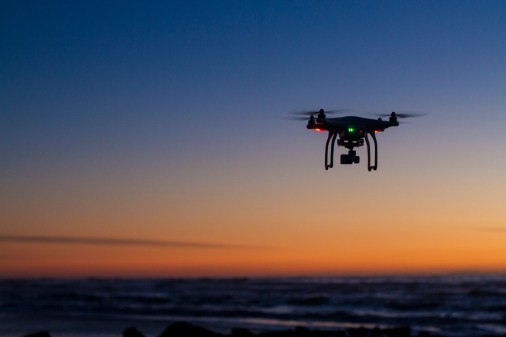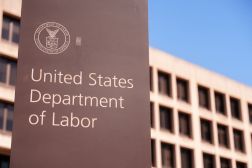Stressed: Air Force moves to retain drone pilots
The Air Force is rolling out a new plan designed to ease the workload of its unmanned drone pilots, many of whom are nearing the end of their service commitment and have borne the burden of a skyrocketing demand for intelligence, surveillance, reconnaissance and strike missions in the global fight against al-Qaida and the Islamic State.
The multipronged strategy includes using more Federal Reserve and National Guard pilots, seeking volunteers from those pilots who have already returned to their original units after serving a tour of duty as a drone pilot, delaying the return of pilots who were on loan to remotely piloted aircraft units, and increasing the pay and incentive bonuses for drone pilots.
“What we have is we have a total force that is under significant strain. When it comes to the downsizing that we have been undergoing, enough is enough,” Secretary of the Air Force Deborah Lee James said to reporters Thursday at the Pentagon. But of particular concern, she said, is the Air Force’s 988 pilots who fly the MQ-1 Predator and the MQ-9 Reaper in support of counterterrorism operations around the world. “This is a force that is under significant stress — significant stress from what is an unrelenting pace of operations,” she said.

A MQ-1 Predator, assigned to the 17th Reconnaissance Squadron, takes off for a training mission here at Creech Air Force Base in Nevada, May 19, 2008. (Senior Airman Larry E. Reid Jr./Air Force)
Overall, Air Force pilots have conducted more than 60 percent of the 16,000 reconnaissance and strike missions against the Islamic State in Iraq. According to James, the average Air Force pilot flies between 200 and 300 hours per year. “But in the [drone] world, the pilots log four times that much, ranging from 900 to 1,100 flight hours per year,” she said. Many drone pilots are flying 14 hours per day, six days per week, James said. These are “very stressful operations because mistakes can cost lives.”
Part of the plan to help retain drone pilots in the service is to increase the monthly incentive pay from $650 a month to $1,500 a month. In addition, the plan would change the policy governing retention bonuses for drone pilots, allowing the Air Force to offer retention bonuses for the first time.
Drone pilots currently earn the same flight pay that other Air Force pilots earn. “The difference in the two communities is that right now, pilots of manned aircraft, when they reach the end of their initial commitment, they’re offered the aviator continuation pay,” Air Force Chief of Staff General Mark A. Welsh III said. That continuation pay amounts to up to $25,000 per year, but it has not been available to drone pilots.
The biggest problem facing the Air Force’s cadre of drone pilots is training, Welsh said. “We can only train about 180 people a year, and we need 300 a year trained,” Welsh said. “And we’re losing about 240 from the community each year. So … training 180 and losing 240 is not a winning proposition for us. So we have got to get ahead of this training curve, or the enterprise is going to have a major issue.”
Although the Air Force can only field 63 percent of the pilots it needs for its drone force, it hasn’t reported any mission lapses or delays in supporting real-world operations. “But we’re doing it by putting people in a position where they’re now having a debate whether they want to continue doing this,” Welsh said. “Our crew force out there actually will tell you they enjoy the mission, they like the work, they’re excited about the future. They’re just worn out.”






